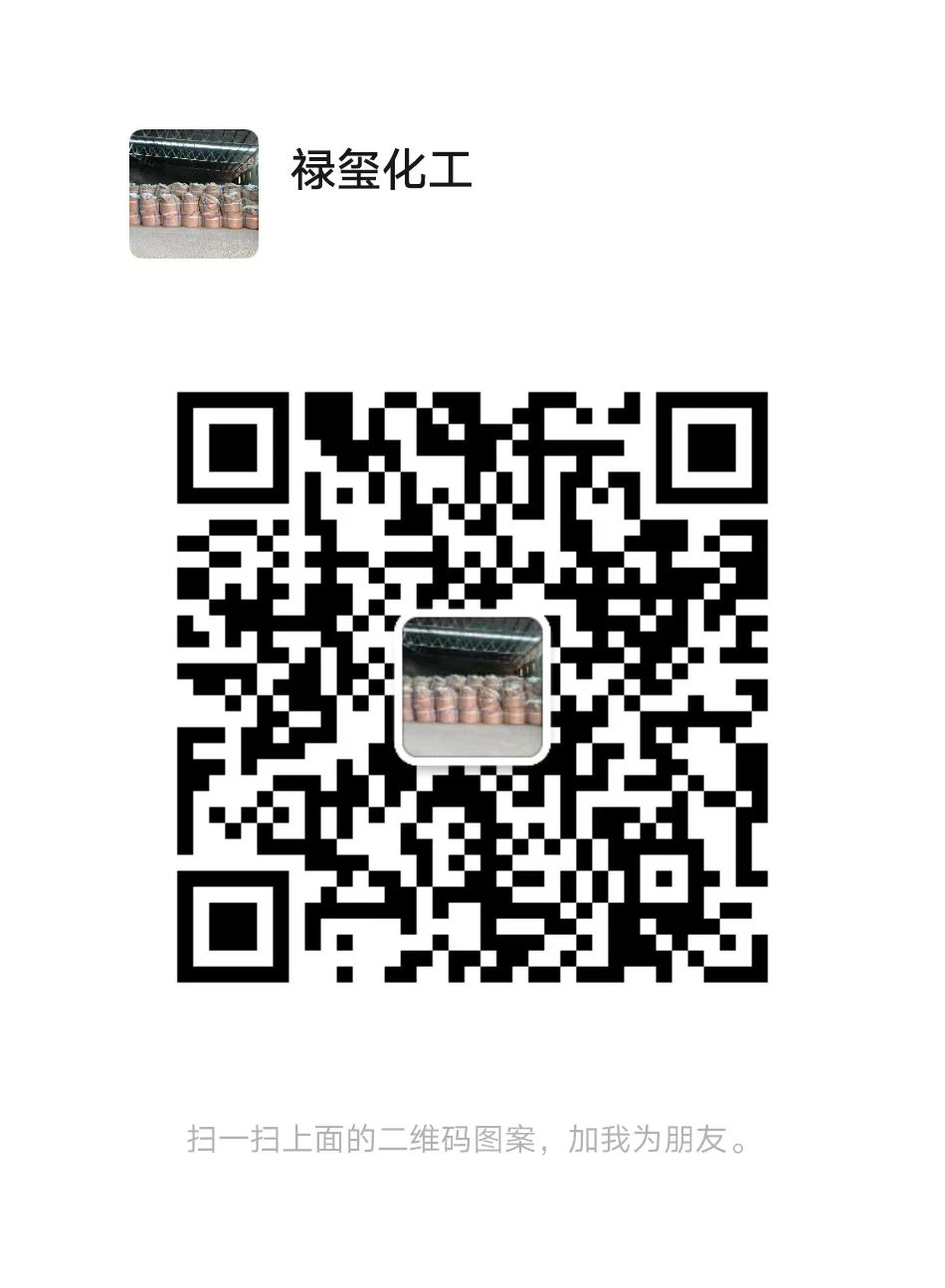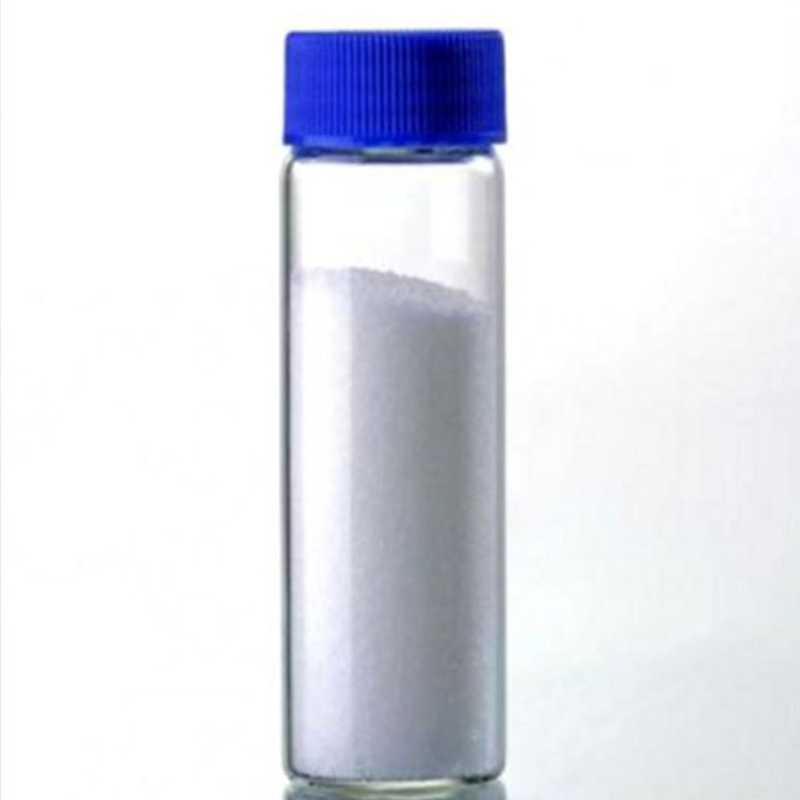Products Description of Chloramine B 99% CAS#127-52-6Chloramine B, also known as sodium benzenesulfonyl chloride, is a white crystalline powder. It is explosive when exposed to impact, friction, fire or other ignition sources.
Contact Now
Products Description of Chloramine B CAS#127-52-6Chloramine B hydrate is a white crystalline powder.Chloramine B Chemical PropertiesMelting point 190°CBoiling point 189℃[at 101 325 Pa]density 1.484[at 20℃]vapor pressure 0Pa at 20℃storage temp. Keep in dark place,Inert atmosphere,2-8°Csolubility H2O: 0.1 g/mL, clearform solidpka1.88[at 20 ℃]Water Solubility 0.1 g/mLMerck 14,2074BRN 3599287InChIKeyKDNCILYKSYKEFJ-UHFFFAOYSA-NLogP0.14 at 26℃EPA Substance Registry SystemChloramine B (127-52-6) Safety InformationHazard Codes CRisk
Contact Now
Products Description of Diphenyl Ether CAS#101-84-8Diphenyl Ether (CAS#101-84-8) is a colorless crystalline solid or liquid with a mild, pleasant aroma. It is characterized by its colorless appearance and melts at a point around 81 °F (27.2 °C). When the temperature exceeds this melting point, it transforms into a colorless liquid. Diphenyl Ether is known for its distinct, strong floral-green, metallic geranium-like scent and is insoluble in water.This chemical is widely used as a heat transfer medium due to its thermal stability and low vapor pressure.
Contact Now
Products Description of 1-Phenoxy-2-propanolCAS#770-35-4Transparent viscous liquid.
Contact Now
Products Description of 1-Bromoisoquinoline CAS#1532-71-41-Bromoisoquinoline is a low melting point solid.CAS No.
Contact Now
Products Description of Cetrimide CAS#8044-71-1Cetrimonium bromide is in the form of white or light yellow crystals or powder, easily soluble in isopropyl alcohol and water, produces a large amount of foam when shaken, has good compatibility with cationic, nonionic and amphoteric surfactants, and has excellent penetration, softening, emulsification, antistatic, biodegradability and bactericidal properties.Ctrimide Chemical PropertiesMelting point 245-250 °C(lit.)solubility H2O: 10 % (w/v)CAS DataBase Reference8044-71-1(CAS DataBase Reference)Safety InformationHazard Co
Contact Now
Products Description of Dibenzoylmethane CAS#120-46-71,3-diphenyl-1,3-propanedione is commonly known as dibenzoylmethane.
Contact Now
Products Description of Naphthalene-2-sulfonic acid CAS#120-18-3White to slightly brown leaf-shaped crystals. Melting point 91℃ (anhydrous), 83℃ (trihydrate), 124℃ (monohydrate). Soluble in water, alcohol and ether.
Contact Now
Products Description of Diphenylacetonitrile CAS#86-29-3The molecular formula of diphenyl acetonitrile is C14H11N, and its melting point is 71-73°C. Boiling point 181 °C (12 mmHg). Flash point 120 °C. WATER SOLUBLE INSOLUBLE. Used as intermediates in organic synthesis.
Contact Now
Products Description of Sodium Hydroxymethanesulphinate CAS#149-44-0Sodium bisulfite formaldehyde is translucent white orthorhombic crystals or small pieces. Apparent density 1.80~1.85g/cm3. Easily soluble in water, slightly soluble in alcohol. It has extremely strong reducing properties under high temperature and can make the dyed color disappear, so it is known as the chemical book of hanging white blocks. It decomposes when exposed to acid, and decomposes at 120°C to produce toxic gases such as formaldehyde and hydrogen sulfide.
Contact Now
Products Description of Isonicotinic acid CAS#55-22-1Isonicotinic acid is also known as pyridine-4-carboxylic acid. White needle-shaped crystals. Odorless, can sublime. Molecular weight 123.11. Melting point 319℃. Slightly soluble in cold water, soluble in hot water, insoluble in alcohol, benzene, ether. It is an amphoteric compound, soluble in both acid and alkali. Soluble in hot water and ethanol, slightly soluble in cold water and ether.
Contact Now
Products Description of Tannic acid CAS#1401-55-4This product is a light yellow to light brown powder with a special odor and an extremely astringent taste; soluble in 1 part of water or ethanol, soluble in acetone, and insoluble in chloroform or ether.Tannic acid Chemical PropertiesMelting point 218 °C (lit.)Boiling point 862.78°C (rough estimate)density 1.2965 (rough estimate)refractive index 1.7040 (estimate)FEMA 3042 | TANNIC ACID (QUERCUS SPP.)Fp 198°Cstorage temp. Storage temperature: no restrictions.solubility ethanol: soluble100mg/mL, yellow
Contact Now
Cinnamic Aldehyde CAS#104-55-2 Cinnamic aldehyde is used as a flavoring agent, ingredient of fragrance in soft drinks, ice creams, dentifrices, pastries, chewing-gum, etc. It can induce both contact urticaria and delayed-type reactions. It can be implicated in contact dermatitis in those who work in the perfume industry or food handlers.
Contact Now
Products Description of Pentaerythrityl Tetraisostearate CAS#62125-22-8Pentaerythritol tetraisostearate is a high molecular weight liquid oil with a molecular formula of C77H148O8 and a molecular weight of 1201.99. It is insoluble in water.Pentaerythityl tetraisostearate Chemical PropertiesOdorat 100.00?%. blandLogP32.456 (est)EPA Substance Registry SystemPentaerythritol tetraisostearate (62125-22-8)Product Application of Pentaerythrityl Tetraisostearate CAS#62125-22-8It provides a moist and smooth feel to the hair and a very moist and non-greasy feel to the skin.
Contact Now
Products Description of Dibenz[b,f]azepine-5-carbonyl chlorideCAS#33948-22-0Crystallization (toluene).
Contact Now
N,N-Dimethylformamide CAS#68-12 - 2Dimethylformamide is a flammable, colorlessliquid with a fishy, unpleasant, amine-like scent at relativelylow concentrations. The smell threshold is 0.47100 ppm.Molecular weight= 73.11; Specific gravity (H2O:1)= 0.95;Boiling factor = 153℃; Freezing/Melting factor = 261℃;Vapor pressure= three mmHg at 20℃; Flash factor = 58℃;Autoignition temperature= 444.5℃. Explosive limits are:LEL = 2.2%; UEL= 15.2% at 100℃.
Contact Now
Products Description of 4-Amino-N-methylbenzamide CAS#6274-22-2White crystal particles4-Amino-N-methylbenzamide Chemical PropertiesMelting point 181 °CBoiling point 364.1±25.0 °C(Predicted)density 1.137storage temp. Keep in dark place,Inert atmosphere,Room temperaturesolubility soluble in Methanolform powder to crystalpka15.84±0.46(Predicted)color White to Light yellow to Light orangeCAS DataBase Reference6274-22-2(CAS DataBase Reference)Safety InformationHazard Codes XiHazardClass IRRITANTHS Code 29242990Factory and Equipment ShowFast del
Contact Now
Products Description of 4,4'-Diphenylmethane diisocyanate CAS#101-68-8Pale yellow molten solid with a strong pungent odor.
Contact Now
Products Description of 4,4'-Diaminodiphenylsulfone CAS#80-08-0Dapsone is a sulfone antibacterial drug with a strong antibacterial effect on Mycobacterium leprae. Its preparations have been widely used in the treatment of leprosy. As the first choice for the treatment of leprosy, dapsone acts on the dihydrofolate synthase (DHPs) of bacteria, interferes with the synthesis of folic acid, and affects the synthesis of protein by bacteria.
Contact Now
Products Description of N,N-Dimethyldodecylamine CAS#112-18-5Colorless liquid. Melting point -20℃, boiling point 247℃, 110-112℃ (0.4kPa), relative density 0.775, refractive index 1.4375.
Contact Now
Products Description of 1-N',6-N'-dibenzoylhexanedihydrazide CAS#35658-33-4Colorless liquid1-N',6-N'-dibenzoylhexanedihydrazide Chemical PropertiesBoiling point 737.4±56.0 °C(Predicted)density 1.237±0.06 g/cm3(Predicted)pka10.67±0.23(Predicted)Factory and Equipment ShowFast delivery timeInventory 2-3 working days New production 7-10 working days
Contact Now
Products Description of N-Cyclohexyl-2-pyrrolidone CAS#6837-24-7N-Cyclohexyl-2-pyrrolidone or CHP is a yellow to colorless liquid. It has a low vapor pressure, and is nearly odorless. It has a low solubility in water, but is soluble in a variety of organic solvents.CHP is used in the electronics industry as a photoresist stripper (usually in combination with other solvents like N-methyl-2-pyrrolidone), and as a chemical polisher of copper in circuit board fabrication.
Contact Now
Products Description of N-(n-Butyl)thiophosphoric triamide CAS#94317-64-3A highly effective inhibitor of urokinase activityN-(n-Butyl)thiophosphoric triamide Chemical PropertiesMelting point 58-60°CBoiling point 277.4±23.0 °C(Predicted)density 1.171±0.06 g/cm3(Predicted)vapor pressure 0.001-1.7Pa at 25℃Fp 96°Cstorage temp. Keep in dark place,Inert atmosphere,2-8°Csolubility DMSO (Sparingly), Methanol (Slightly)form Solidpka6.23±0.70(Predicted)color White to Off-WhiteWater Solubility 4.3 g/L at 25 ºCSensitive StenchInChIKeyHEPPIYNOUFWE
Contact Now
Products Description of N-Acetylsulfanilyl chloride CAS#121-60-8Light brown to brown powder or fine crystals.
Contact Now
















![Dibenz[b,f]azepine-5-carbonyl chlorideCAS#33948-22-0](https://sdluxicdn.huazhi.cloud/cdn/ff/hhNHV6f2JUcBq-BPrkFDyfPcYc9mG8tYKIw3GCEP6Wk/1716974888/public/styles/chanpinzhutu/public/2024-05/%E7%99%BD%E8%89%B2%E7%B2%89%E6%9C%AB%20%283%29_30.jpg?itok=-yg_9SCp)














